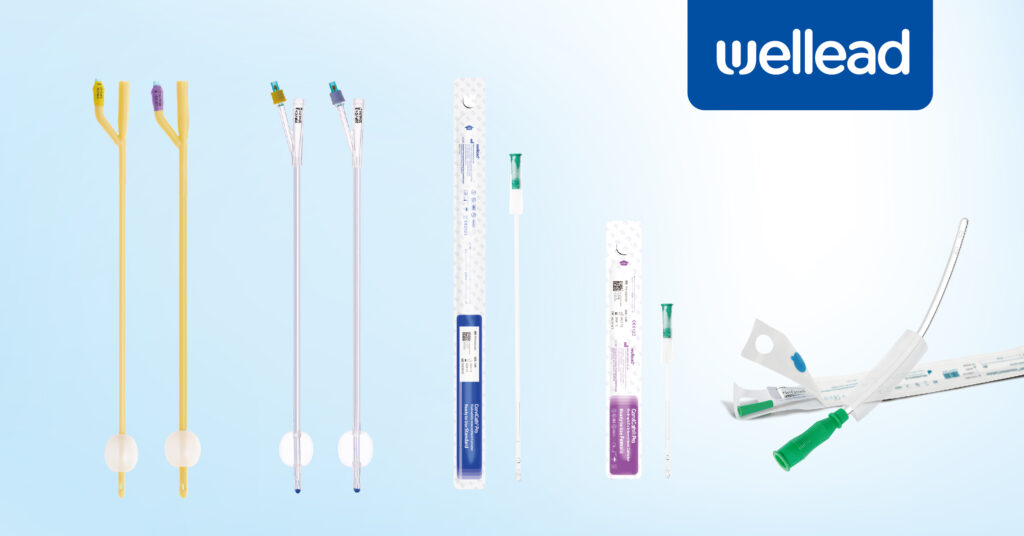Catheterization plays a vital role in modern medical care, providing essential bladder management for patients with various urological conditions. Two primary catheterization methods dominate clinical practice: intermittent catheter vs. indwelling catheter approaches. Each method serves distinct purposes and offers unique advantages depending on patient needs and clinical circumstances.

Clinical Indications and Contraindications
| Aspect | Intermittent Catheter | Indwelling Catheter |
| Indications | Neurogenic bladder dysfunction, non-neurogenic urinary retention, post-operative temporary urinary retention, patients who can self-catheterize or have caregiver assistance | Acute urinary retention requiring continuous drainage, critically ill patients requiring urine output monitoring, perioperative use, patients unable to perform intermittent catheterization |
| Contraindications | High intravesical pressure requiring continuous drainage to prevent renal damage; poor manual dexterity without a suitable caregiver; urethral trauma; acute urethritis or prostatitis | Known or suspected urethral injury (absolute contraindication); acute prostatitis; severe urethral stricture or obstruction |
Understanding Indwelling Catheter
What are indwelling catheters? Indwelling catheters, commonly referred to as Foley catheters, are designed to remain in the bladder continuously for extended periods. The catheter tip contains an inflatable balloon that secures it in place inside the bladder. During insertion, the catheter is passed through the urethra into the bladder, allowing urine to drain continuously into a closed collection bag.
- Insertion must be performed under strict aseptic technique by a qualified healthcare professional.
Understanding Intermittent Catheter
Intermittent catheterization, also known as “in-and-out catheterization” or clean intermittent catheterization (CIC), is a type of short-term catheterization method. Patients or caregivers insert the intermittent catheter into the bladder as needed to drain urine, then immediately remove it.
- Typically performed 4-6 times daily, with frequency adjusted based on fluid intake and individual needs.
- Maintains normal bladder function while reducing complications associated with continuous indwelling catheterization.
Advantages, as the “Gold Standard”:
The Current Association of French Urologists, the European Association of Urology (EAU), the American Urological Association (AUA), and the Healthcare Infection Control Practices Advisory Committee (HICPAC) guidelines recommend Intermittent Catheterization (IC) over other catheter-based options.
Reports indicate that intermittent catheterization reduces infection risk compared to indwelling catheterization, with post-operative short-term use potentially decreasing infection risk by around 20%.[1,2] The multidrug-resistant bacterial infection rate is only 0.7% with intermittent catheterization, whereas the occurrence of indwelling catheterization can reach 2.6%[3].
Intermittent Catheter vs. Indwelling Catheter
Intermittent Catheter
Advantages:
—Significantly reduces infection rates
—Preserves bladder function
—Improves patient independence and quality of life
—More cost-effective in the long term
Disadvantages:
—Requires multiple daily procedures by the patient or caregiver
—Not suitable for individuals with limited manual dexterity or cognitive impairment
Indwelling Catheter
Advantages:
—Does not require repeated procedures by the patient
—Suitable for critically ill or immobile patients
—Provides immediate relief in cases of acute urinary retention
Disadvantages:
—Higher risk of infection and complications
—Occupancy of long-term nursing and healthcare resources
How to Choose the Right Catheter for Your Patient?
When selecting a urinary catheter, a comprehensive assessment is required:
- Patient’s cognitive ability and manual dexterity for self-catheterization
- Underlying condition severity and duration of need
- Infection risk factors and immune status
- Patient lifestyle and independence goals
Well Lead Medical
As a professional manufacturer of catheters, Well Lead Medical is committed to providing a comprehensive product line to meet diverse needs. The portfolio includes Latex Foley Catheters & Silicone Foley Catheters, Suprapubic Catheters, All Silicone Foley Catheter with Temperature Sensor, and Nelaton catheters.
Our ConviCath® Series Intermittent Catheters, which feature hydrophilic coating to ensure smooth, low-friction insertion, offer a convenient and efficient solution for both male and female users. Well Lead Medical also supplies a wide variety of accessories, including urine collection bags, Foley catheter holders, catheter plugs, and prefilled syringes, providing a one-stop solution for urological care.
References:
[1] Patient preferences for clean intermittent catheterisation and transurethral indwelling catheterisation for treatment of abnormal post-void residual bladder volume after vaginal prolapse surgery. Available at: https://pubmed.ncbi.nlm.nih.gov/21797960/ (Accessed: 1 July 2025)
[2] Comparing clean intermittent catheterisation and transurethral indwelling catheterisation for incomplete voiding after vaginal prolapse surgery: a multicentre randomised trial. Available at: https://pubmed.ncbi.nlm.nih.gov/21481147/ (Accessed: 1 July 2025)
[3] Prevalence of and Risk Factors for Multidrug-Resistant Bacteria in Urine Cultures of Spinal Cord Injury Patients. Available at: https://pubmed.ncbi.nlm.nih.gov/26605166/ (Accessed: 1 July 2025)

